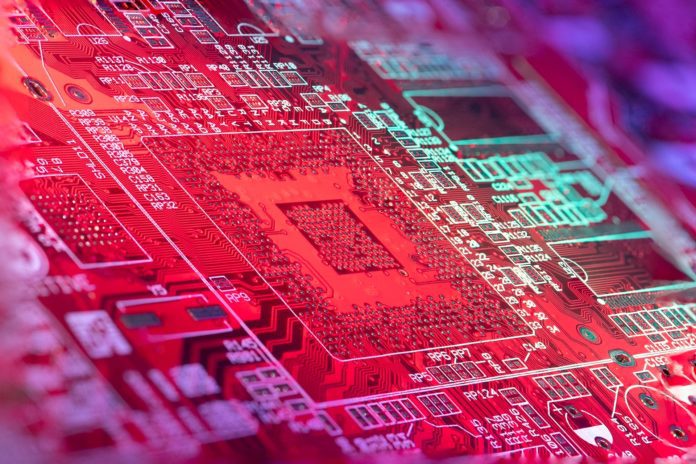Next month, Amazon will launch its first PC-like product with a version of the Amazon Fire tablet bundled with a keyboard; it includes one-year of Microsoft Office 365 use. At a price well below $300, this product provides an interesting alternative to offerings like the iPad Pro and Surface Go, both of which are more expensive.
This new Fire Tablet 10+ has things like wireless charging that low-end products often don’t get and it comes preloaded with Amazon’s core offerings and access to a curated app store with a subsection of Android apps.
But, if you put the Microsoft Virtual Desktop on the device and connected it to a robust cloud solution like, oh, I don’t know, AWS, and then you provided more extensive screen offerings, Amazon could jump early to where everyone else seems to be going: the Virtual Desktop. And, because they have no PC installed base, this move wouldn’t put any existing products for Amazon or current customers at risk.
Let’s talk about the promise and danger of Amazon’s entry into the PC market this week.
The Coming Wave Of Virtual PCs
As we improve performance and drop networking latency with products like Wi-Fi 6e and 5/6G, we increase the ability to provide a mobile thin client, or terminal, like experience. The market has wanted this experience back ever since it moved from Windows but has been hampered by the lack of performance with Thin Client solutions. But new servers created by companies like IBM (ZLinux) and those coming based on the new NVIDIA Grace processor promise i/o capability we haven’t yet seen in the cloud. And these advancements should future enable virtual PCs.
But this wave needs a champion, and, other than Microsoft, none of the major PC vendors has the necessary cloud back-end prominence to make this work. But Amazon certainly does. While they’ve mostly played in the low-cost tablet and digital assistance space until now, this latest Amazon Fire 10+ tablet comes close to providing the foundation for this appliance like virtual PC future.
Currently, the Amazon offer is only using a subscription to Office 365 as the bridge technology to the PC but, for most working from home that lives in Office and a Web Browser that may be adequate. This offering will allow Amazon, with their sub $300 PC, to explore the opportunities of PAAS (PCs As A Service) with a relatively small hardware and software commitment to the effort.
That knowledge and the related data should allow them to carve out an AWS service that mirrors what we once had with mainframes a host-centric, centrally managed, PC service with very low-cost hardware, high cloud-based security and performance options, and a far less complex (read: lower operating cost) option to PCs.
If successful, this initial offering will likely lead to larger-screened alternatives tied to more and more enterprise-class cloud features that Amazon has and could uniquely bundle into desktop offerings. This effort stands as a warning that at any time, any one of the major cloud vendors, here or in China, could massively disrupt the PC market in both the consumer and business space. This would be much like Netflix and Amazon took out Blockbuster in movies and Amazon took out some bookstores with Kindle and online purchasing.
The economies of scale, security, performance, and cost advantages of a cloud-based PC offering could, driven by any of these Cloud vendors, do to the PC market what Apple did to the Smartphone market, forcing some existing players to exit the market prematurely.
Wrapping Up
Markets can change dramatically over short periods, through changes in products or regulations. While many of the changes last century, like the collapse of Standard Oil, RCA, and AT&T, were partially based on regulatory changes, later changes were more driven by vendor disruption.
Netscape took out America Online and CompuServe. Microsoft took out Netscape Navigator; Google took out most prior search products like Ask Jarvis; Apple took crippled or took out Microsoft Phone, Nokia, Research in Motion, Palm, and Motorola, and Sony Walkman.
This move by Amazon could foreshadow a very similar pivotal event, and the shifting WFH (Work From Home) requirements could significantly accelerate this pivot. The market is moving to a cloud-centric, terminal model for PC productivity for reliability, security, cost of ownership, and remote management benefits tied to working from home. It looks like Amazon wants to pull an Apple and get there first.
